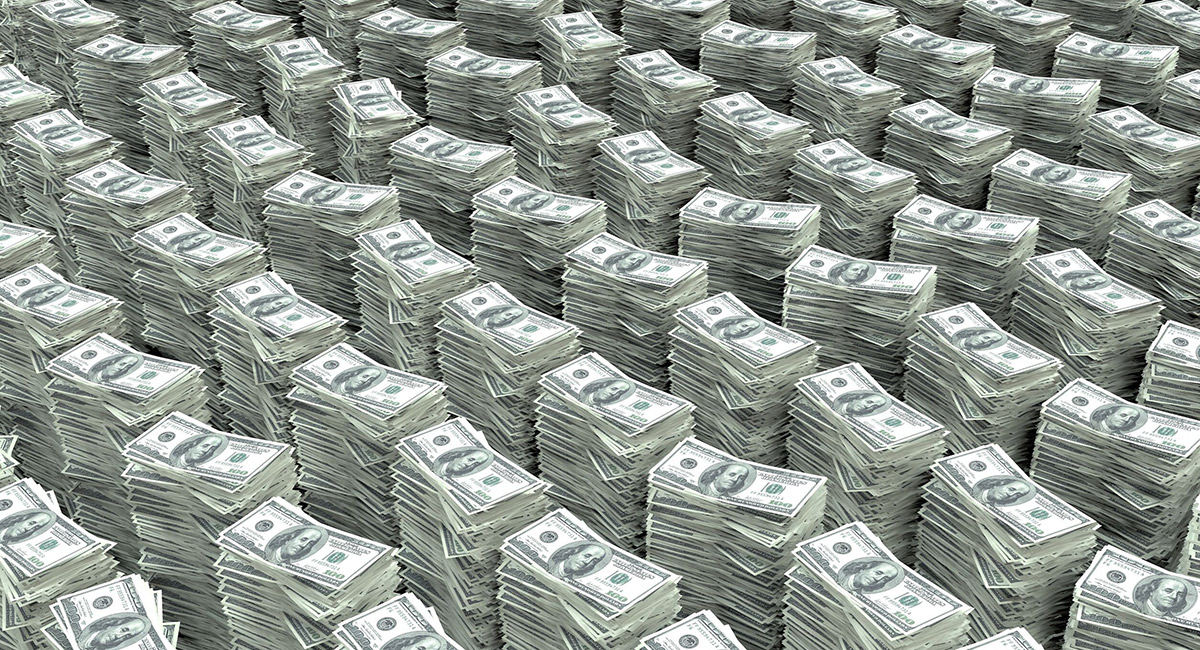Inflation is higher than it has been in a decade, and households and businesses are fretting over their diminished purchasing power. Monetary-policy makers insist price hikes are transitory, but there is pressure on the Federal Reserve to begin tapering. Many expect the Fed will reduce bond purchases by $15 billion a month starting in November.
Monetary-policy normalization is a good thing, and we should be eager for the Fed to revert to pre-Covid operations. But tapering isn’t a panacea for surging prices, because widespread supply-chain problems, which are out of the central bank’s control, are contributing to price increases.
Normally, inflation is caused by loose money. When the Fed buys assets, the money supply rises, putting upward pressure on prices. But a growing Fed balance sheet isn’t enough to cause inflation. For prices to rise, the money supply must grow faster than money demand. When this happens, money becomes less valuable and the price level rises.
But in extraordinary circumstances, nonmonetary factors can cause inflation. The maxim that inflation results from too much money chasing too few goods means there are two possible sources: too much purchasing power or too few things to purchase. Right now, the latter is the concern. Major transportation problems and a dearth of crucial inputs like semiconductors have wrenched the economy’s gears. This makes production and distribution harder. The result is obvious: Goods have gotten more expensive.
The right response depends on policy makers’ identifying the real cause of inflation. Fed tapering is appropriate if easy money is the cause. But that isn’t clear. While the money supply skyrocketed last spring, the velocity of money—the average rate of dollar turnover—fell precipitously. This means money supply and money demand rose at the same time. In addition, October’s underwhelming jobs report suggests the labor market isn’t in good shape, more evidence for supply problems.
The Fed wants to hit its average inflation target of 2%. Price growth is currently 5.4%, significantly above the Fed’s rule. Through tapering, it can bring inflation down. But if the Fed pulls back too quickly or fails to manage market expectations, it could cause incomes to fall and unemployment to rise. This is the great weakness of inflation targeting: The policy response to lowering inflation makes things worse when the economy is constrained by supply rather than demand.
There are two ways to fight supply-side inflation. The first is to loosen and repeal regulations that make it more costly to produce goods and services. Despite ideological resistance from progressives, the Biden administration should embrace “supply-side liberalism” for the good of the economy and for its own political interest.
The second is for monetary-policy makers to pick a more sensible rule, such as a total spending target. By stabilizing nominal gross domestic product—output valued at current market prices—the Fed can fight demand shortfalls without sucker-punching the economy during supply shortfalls. A spending target works the same as an inflation target when demand is weak. And when supply is weak, a spending target works better: The Fed can tolerate higher prices, which absorb some of the shock, rather than compounding the damage by forcing down inflation. When supply conditions worsen, the Fed’s motto should be “Do no harm.” A spending target would help it abide by that mantra.
This isn’t a Volcker moment. To beat inflation, we need targeted regulatory and monetary policies. This means removing government roadblocks on the supply side and embracing a better monetary target on the demand side.








